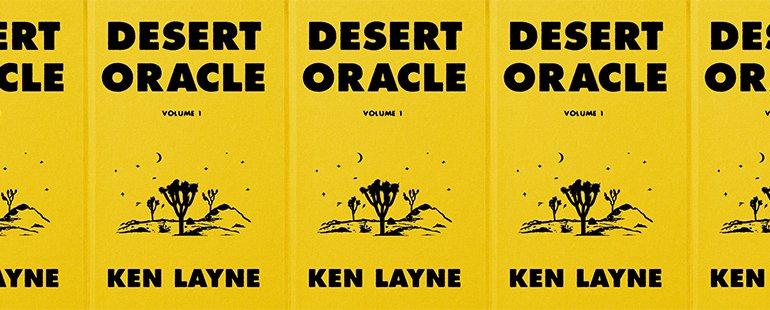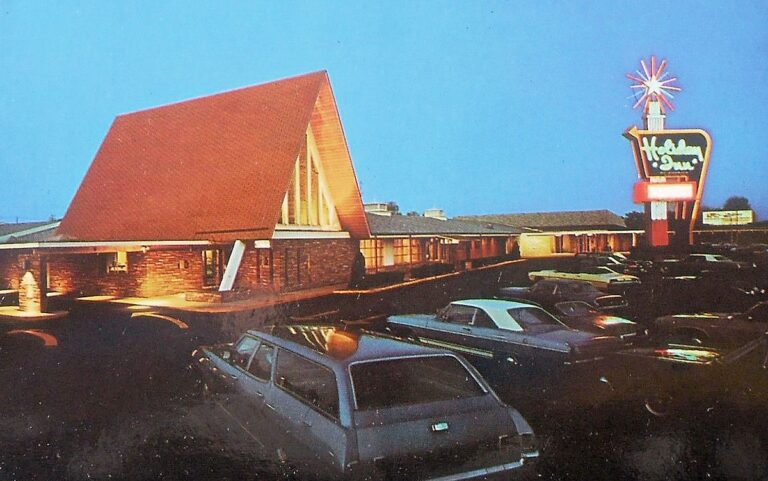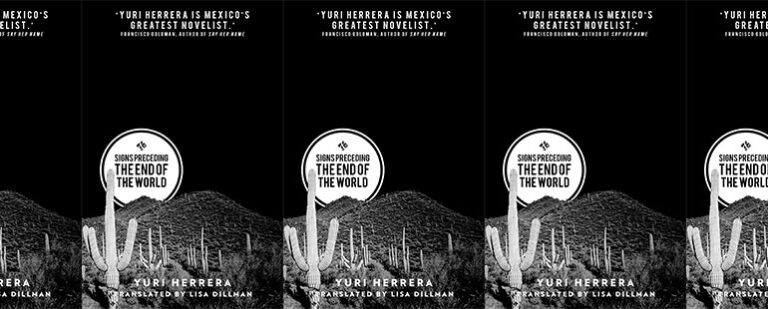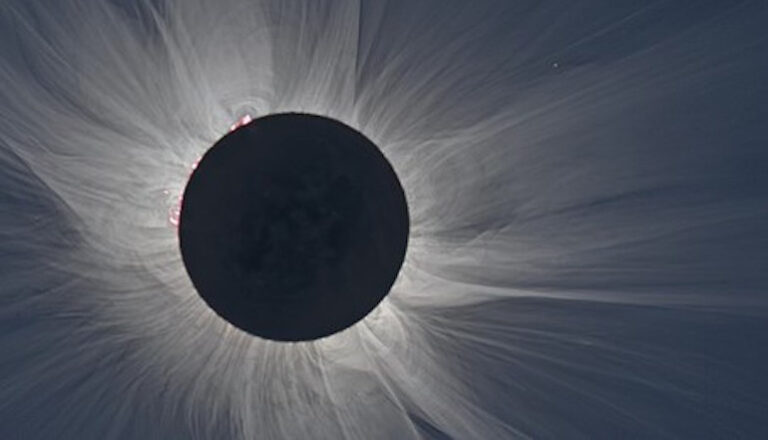Desert Myths

Near dusk, I trudge through a slot canyon within Anza-Borrego State Park, dusty-booted. The village of Borrego Springs—the only town in California surrounded on all sides by a state park—looms unseen in the distance. A wash below implies that rain once flooded the landscape; a grove of palm trees in my rearview implies another source of water. The trees are slightly charred from a recent fire, which was started by a minor who has since been admitted to the Burn Institute’s Juvenile Firesetter Intervention Program. Stillness hangs in the canyon and the sandy trail laid out before me is inviting like a bedspread. I could just lay there, searching the hilltops for bighorn sheep, until I fell into a dream state. Ken Layne knows what I would dream of.
Or perhaps, instead of enjoying the coziness of a slot canyon at dusk, I’ve found myself lost and dehydrated in a dunescape with no useable shade in sight, and cholla, those emigrant cacti, are clinging to my leg hairs. Visions of my fate beyond nightfall take hold in a whirl of coyote howls. Layne knows what I am seeing here, too. “Some people see the face of God (whoever she is) blasting light beams into their brains on the desert highway,” he writes. “Some people fall off of a boulder and spend days wondering if they’ll live or die (it’s always one or the other.)” These are the writer’s words from his introduction to the first collected volume of Desert Oracle: Strange and True Tales from the American Southwest, out today—tales that Layne has told over the last few years on his psychedelic radio program, in these field guide sized zines, and around campfires throughout the high desert.
In interviews from the earlier days of this project, Layne, a former political blogger, discusses becoming disenchanted with the world of publishing and wanting to create something entirely his. The zine came first, but it was the podcast that earned him a significant following. The format suits him, but he broadcasts over the FM airwaves too, nostalgically hoping that folks driving through the desert experience the same thing he did listening to Art Bell’s Coast to Coast AM radio program. “Because it was broadcast in the middle of the night,” Layne writes, “if you listened it was generally because you were alone: driving a deserted highway, or fighting insomnia, or working a graveyard shift under fluorescent lights.”
The tenets of the project’s ethos, like that of any good naturalist, are preservation, protection, and treading lightly on the land. As such, one of the earliest tales in Desert Oracle is a brief biography of Minerva Hamilton Hoyt, the wealthy socialite and botanist who was responsible for the protection and preservation of not only Joshua Tree, which she personally lobbied President Franklin Delano Roosevelt for, but also Death Valley and Anza-Borrego. She later went on to work with the Mexican government, where she was given the nickname “The Apostle of the Cacti.” You might see Layne and Hoyt as the beginning of some desert shtick—an apostle and an oracle enter Pappy and Harriet’s—wherein the punchline is the entire American southwest reverting back to public stewardship. Layne doesn’t mince words about the importance of figures like Hoyt. “When you are in the great desert wilderness, you must carry some understanding of why it’s still that way, why it’s so contrary to the numbing sprawl of our current civilization,” he writes. “It’s the way it is because people spent lifetimes fighting to keep it that way, suffering more defeats than victories, because when you love a place that is what you do.” Importantly, Layne acknowledges what else has set the table for the way we experience the desert today: “the intentional horrors visited upon indigenous cultures, the wide-scale extermination of desert species, or the determined efforts today by humanity-hating fanatics to reverse our limited protections of this earthly paradise.”
This approach is what makes Layne’s Desert Oracle multimedia venture exactly the clearinghouse for desert myth and folklore that has been needed for some time. In his book America, Jean Baudrillard writes, “The unfolding of the desert is infinitely close to the timelessness of film.” Each bend in the trail on a hike out of that slot canyon in Anza-Borrego might bring some subtle change, like a frame of film. For so long the desert, also like film, has been a place onto which we American consumers project expansionist myths and our cosmic dreams and nightmares, filling it with tokenized characters. Anza-Borrego State Park, for example, was the purported site of the Desert Training Facility, a tank warfare training ground run by General George S. Patton in preparation for his infamous face-off with the Rommel in the North African theater of World War II. It’s in Patton’s spirit that thousands of us take our Jeeps out into the desert, climb up rock faces, and pull ourselves out of sand pits, winches attached to delicate trees. Plowing our huge tires over Saltbush, Honey Mesquite, Creosote, and Desert Lavender. This is a reality that Layne makes no bones about. He writes, “Any archaeological treasure too close to paved roads and bored rednecks is at risk of casual destruction.”
But Layne does not discourage enjoyment of the desert. Early issues of the Oracle, in fact, feature quarter-page ads for real estate in the region. For a song, you can purchase a “jackrabbit homesteader” cabin on acreage. With a couple of solar panels, you can live a mostly off-grid existence in the desert. He understands the draw of the backcountry. And though these opportunities have invited a pretty heavy Airbnb-dwelling set of influencers out into the desert, Layne welcomes all to the landscape he calls home, so long as they pack out what they bring in. In an early section of Desert Oracle called “Try Not to Die,” he lays out thirteen specific tips for staying safe and enjoying the landscape responsibly, including this simple pearl of wisdom: “And if your Airbnb turns out to be a lightly redecorated meth shack without a working toilet, you can always drive to a motel.”
Layne takes great care to serve as a vessel from which others can learn about and respect the landscape, though he does have to reckon with the environmental impact of one of his favorite desert pastimes: a long drive. Recalling one of his desert heroes, the famed author and environmentalist Edward Abbey, who preached hiking but also took regular drives in his truck, Layne writes, “Driving lonesome two-lanes across the deserts is one of the great joys of life, a close second to walking alone in the wilderness. But the driving comes with some guilt in the early years of the twenty-first century.” Layne understands what is sacrificed to access that remote beauty.
Beyond the explicit environmentalism, the elements of Desert Oracle that initially fascinated me most are its stories of desert aliens and cryptids. Growing up in South Florida, the Bermuda Triangle and Skunk Ape were two that always held my fascination. Layne’s recounting of the same such desert myths, like the Phoenix Lights and the Yucca Man, is the good kind of imposition we foist onto the desert; the phenomenon of sightings is usually attributed to the influx of new residents and military bases around World War II. “Under clear, starry skies and surrounded by vast military bases,” Layne writes, “the new residents of sprawling cities such as Albuquerque, Phoenix, Las Vegas, and Los Angeles had to get used to aspects of life unknown in the Midwest or on the East coast.” In the November 28 episode of Desert Oracle Radio, “A Desert Plaguesgiving,” Layne discusses the mysterious monolith that recently captured millions when it appeared and disappeared near Canyonlands National Park in Utah. Coquettishly, he relishes that “a lot of people who don’t care about the desert one way or the other become very excited when something seemingly out of places appears in the desert.”
Layne is a serious conservationist but has also appeared on the History Channel’s Ancient Aliens, a program about the possible existence of aliens on Earth best known today in the memesphere. He approaches matters of paranormal concern the same way he approaches conservation—they both scratch his sociocultural itch. It’s important to give long shrift to the possibility that instead of having a dental emergency, President Dwight Eisenhower instead secretly went to see the alien space craft at Muroc Air Force Base. It’s important to lend credence to leaked documents credited to one mysterious O.H. Krill that confirm the government’s knowledge of extraterrestrial life. “If the Krill Papers have a familiar feel today,” he writes, “it’s because they’ve fed the paranoid mythology that has become modern American culture.”
Back in Anza-Borrego, it’s neither the shelter, the slot canyon, nor the prospect of death that thrill me most, but rather that I might catch a glimpse of the local yeti known as “The Missing Link” or the “Borrego Sandman,” an “enormous primate with whitish fur and glowing red eyes” that is “reportedly a mass murderer.” There is a meteor shower at night and Jupiter and Saturn are both prominently slung over the hills. But I hold my Celestron steady, hoping that by some chance I might sight a UFO. These impositions on the landscape, the ones wherein we ascribe to the desert the mystery of what’s yet to be discovered. These are the ones in whose name I tread lightly.


